Spinal Procedures
Tumour resection
A spinal tumour resection is a surgical procedure that removes a tumour from the spine or spinal cord. Spinal tumours are rare, and surgery is one of the options for addressing them when they appear. There are many different factors which determine the preferred treatment option for a spinal tumour.

When might a tumour resection be recommended?
Spinal tumour resection aims to relieve the symptoms of a spinal tumour by removing part or all of the growth. It may be combined with other therapies to help reduce or eliminate the tumour.
After a thorough examination and review of your imaging, Dr Pun may recommend a spinal tumour resection if:
- You are at a healthy body weight
- You have had no previous spinal surgeries
- You do not have a spinal deformity unrelated to the tumour (such as scoliosis)
- Based on Dr Pun’s observations, the likelihood of you benefitting from the procedure is higher than the likelihood of adverse effects.
How to prepare for spinal tumour resection surgery
Stop smoking
Smoking and tobacco use have many known adverse effects on surgical success and healing, including reduced healing times and higher risks of excessive bleeding. As a result, Dr Pun and his team will advise that you stop using tobacco products before your tumour resection surgery.
Review your medications
Dr Pun’s clinical team will review your medications – including any over-the-counter or herbal supplements – to see if they will impact your surgery or recovery. Some medications may interact with anaesthesia or increase your risk of bleeding, so they may need to be temporarily stopped.
Undergo a physical examination
Our medical team will evaluate your overall health to ensure you can tolerate surgery and recovery. This includes using blood tests and X-rays to make an accurate assessment.
Plan for your return home
You can walk after returning home from a spinal tumour resection, but you may have reduced mobility and will not be able to drive. You may need to arrange help around the home for the first few weeks of your recovery.

What does spinal tumour resection involve?
Spinal tumour resection occurs under general anaesthesia, meaning you will be unconscious during the procedure. You will be positioned on an operating bench, lying on your stomach.
After cleaning the site, Dr Pun makes an incision in the skin overlying the tumour. He carefully moves the soft tissues and muscles aside to expose the spine, and the back parts of the vertebra are removed to expose the spinal cord.
If the tumour is located inside the dura (the spinal cord’s protective sheath), it will be carefully opened to allow access. Dr Pun then removes the tumour using specialised tools which prevent damage to the surrounding nerves.
The dura is stitched closed carefully, forming a watertight seal. This prevents cerebrospinal fluid from leaking after the surgery. Any removed sections of bone are replaced, and dissolving stitches are used to close the wound.
After final stitches are placed at the skin level to reduce scarring, a small dressing is fixed over the wound, and you will be taken to a recovery room to wake up.
In some cases, spinal tumour resection may be combined with spinal fusion for added stability.
Risks of spinal tumour resection
All surgical procedures have benefits and risks. Along with general surgery risks, spinal tumour resection carries specific risks related to the procedure.
General surgery risks include:
- Anaesthesia complications
- Infection
- Blood clots
- Undiagnosed medical problems (such as heart disease)
Specific risks associated with spinal tumour resection include:
- Nerve injury
- Stiffness
- Failure to completely remove the tumour
- Excessive bleeding
- Leakage of cerebrospinal fluid
- Death
Post-care treatment following spinal tumour resection
Your first few days after spinal tumour resection, focus on promoting healing and managing pain. You may remain in bed for several days post-procedure but will be encouraged to move around as soon as possible. A nurse and physiotherapist may help you perform gentle movement exercises.
After Dr Pun is satisfied with your recovery progress, you will usually be discharged home with pain medications and instructions for recovering at home. Dr Pun will recommend limiting or avoiding some activities in the first few weeks following surgery. These include:
- Lifting heavy objects (nothing over 4kg)
- Driving, particularly while on medications which may cause drowsiness
- Work
- Wetting the surgical site and dressing
- Excessive head and neck movements
Chemotherapy and/or radiotherapy may also be recommended following resection of a cancerous tumour. This helps treat parts that could not be fully resected and prevent cancer from returning.

What is the cost of a spinal tumour resection?
Depending on the complexity of your operation and your level of insurance cover, a gap payment may be required. Every surgery quote is itemised and includes the cost of the operation, the management and reviews during your inpatient stay in the hospital, and a post-operative consultation at six weeks.